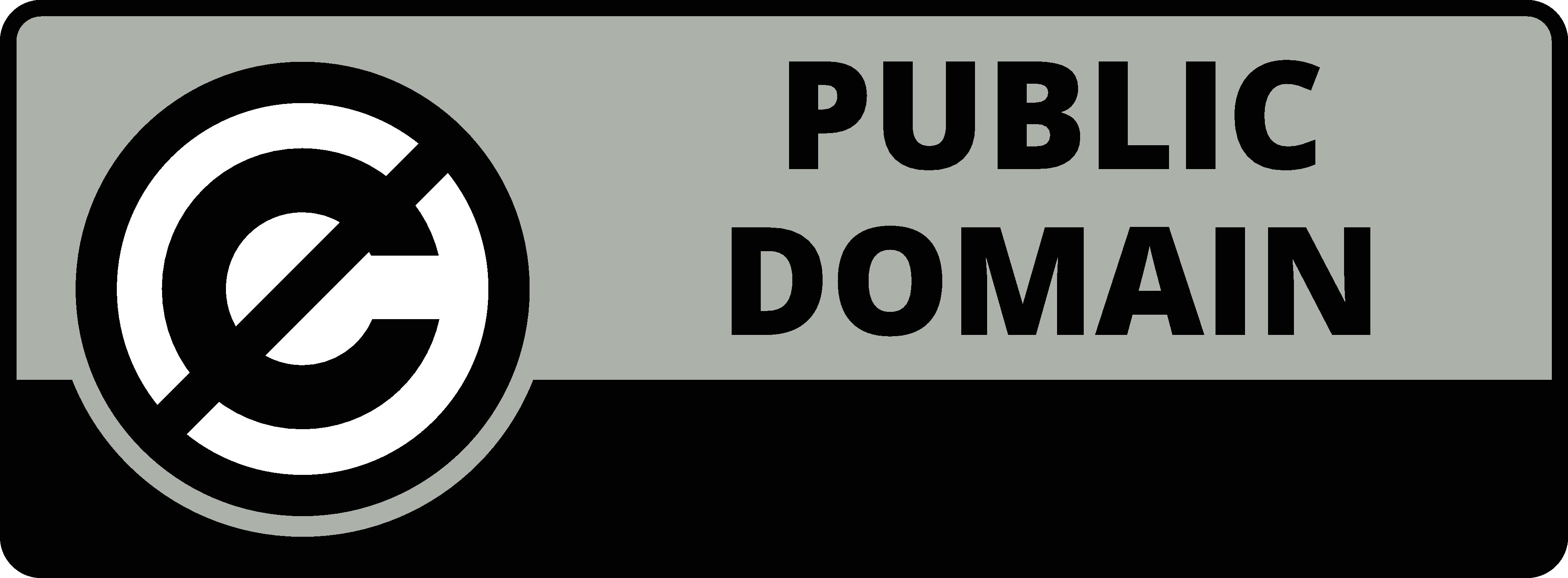Computational modeling of ketamine-induced changes in gamma-band oscillations: The contribution of parvalbumin and somatostatin interneurons
Ketamine, an NMDA receptor (NMDA-R) antagonist, produces psychotomimetic effects when administered in sub-anesthetic dosages. While previous research suggests that Ketamine alters the excitation/inhibition (E/I)-balance in cortical microcircuits, the precise neural mechanisms by which Ketamine produces these effects are not well understood. We analyzed resting-state MEG data from n = 12 participants who were administered Ketamine to assess changes in gamma-band (30–90 Hz) power and the slope of the aperiodic power spectrum compared to placebo. In addition, correlations of these effects with gene-expression of GABAergic interneurons and NMDA-Rs subunits were analyzed. Finally, we compared Ketamine-induced spectral changes to the effects of systematically changing NMDA-R levels on pyramidal cells, and parvalbumin-, somatostatin- and vasoactive intestinal peptide-expressing interneurons in a computational model of cortical layer-2/3 to identify crucial sites of Ketamine action. Ketamine resulted in a flatter aperiodic slope and increased gamma-band power across brain regions, with pronounced effects in prefrontal and central areas. These effects were correlated with the spatial distribution of parvalbumin and GluN2D gene expression. Computational modeling revealed that reduced NMDA-R activity in parvalbumin or somatostatin interneurons could reproduce increased gamma-band power by increasing pyramidal neuron firing rate, but did not account for changes in the aperiodic slope. The results suggest that parvalbumin and somatostatin interneurons may underlie increased gamma-band power following Ketamine administration in healthy volunteers, while changes in the aperiodic component could not be recreated. These findings have implications for current models of E/I-balance, as well as for understanding the mechanisms underlying the circuit effects of Ketamine.
| Item Type | Article |
|---|---|
| Identification Number | 10.1371/journal.pcbi.1013118 |
| Additional information | © The Authors 2025. This is an open access article. The work is made available under the Creative Commons CC0 public domain dedication; https://creativecommons.org/publicdomain/zero/1.0/ |
| Date Deposited | 01 Jul 2025 09:54 |
| Last Modified | 22 Oct 2025 19:56 |
